
This site uses cookies, by continuing to use this site you accept the terms of our privacy policy
Feed 2.0 Loading...
NDA CHIEF ENGINEER AND NUCLEAR SAFETY DIRECTOR WATCHES LANDMARK DEMOLITION
21st December 2007
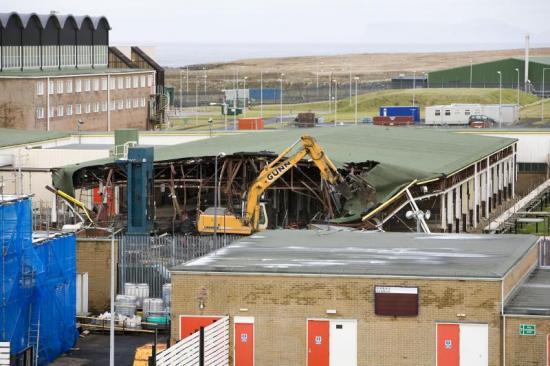
Outgoing Nuclear Decommissioning Authority (NDA) Chief Engineer and Nuclear Safety Director Laurence Williams was at Dounreay recently in time to see the shell of the old fuel fabrication plant come crashing down.
The plant, code-named D1202, was the first of the "atomic factories" built at Dounreay in the 1950s to become operational. For the next 47 years, it used enriched uranium extracted from processing work to manufacture fuel elements for reactors in the UK and abroad. It finally shut down in 2003.
Prior to joining NDA Laurence Williams was Her Majesty's Chief Inspector of Nuclear Installations and he was responsible for the major safety audit of Dounreay in 1998 and knew the building when it was a working facility.
"The Dounreay site has changed significantly since the publication of the NII and SEPA Safety Audit Report in 1998 and UKAEA has made considerable progress in its decommissioning and cleanup programme at the site," commented Laurence Williams.
"It is always sad to see the end of an era. The highly skilled people working in D1202 produced high quality research reactor fuel safely for many years. However, once the decision was made to cease nuclear fuel manufacture at Dounreay, clean-up started immediately after shutdown and, just four years on the facility is being demolished. I am impressed that this complex task has been completed in such a short time and it is a very visible sign of progress in the decommissioning work at Dounreay."
Related Businesses
Related Articles
10/1/2025
Fusion-grade Steel Produced At Scale In UK-first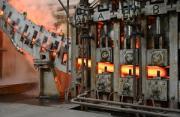
Researchers achieve 10x production cost savings for reduced activation steel. A United Kingdom Atomic Energy Authority (UKAEA) working group has successfully demonstrated the industrial scale production of fusion-grade steel.
22/12/2024
UKAEA To Lead The Creation Of A Robotics And AI Cluster
UKAEA will lead the creation of a new £4.9m nuclear robotics and artificial intelligence cluster across Cumbria and Oxfordshire. The robotics and AI cluster was announced by UK Research and Innovation (UKRI) as one of seven new projects to kickstart economic growth and address regional needs: www.ukri.org The robotics and AI cluster will link Cumbria and Oxfordshire to accelerate the decommissioning of the UK's legacy nuclear fission facilities and keep people out of hazardous environments.
5/12/2024
Diamonds Are Forever? World-first Carbon-14 Diamond Battery Made In Uk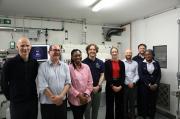
The world's first carbon-14 diamond has been produced with the potential to provide power for thousands of years. Scientists and engineers from the UK Atomic Energy Authority (UKAEA) and the University of Bristol have successfully created the world's first carbon-14 diamond battery.
4/11/2024
UKAEA Monthly Newsletter Latest Edition
Find out what has been happening at UKAEA in our monthly newsletter. Read about our recent activities and upcoming events.
1/10/2024
UKAEA Newsletter - Edition 11 Published Today
Find out what has been happening at UKAEA in our monthly newsletter. Read about our recent activities and upcoming events.
23/5/2024
Corwm Visits Dounreay Nuclear Site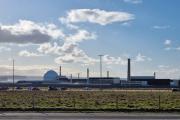
Members were given an overview of the scale of the problem and challenges faced in the decommissioning of the site. In the last week of March 2024, several members of CoRWM led by the Chair, Sir Nigel Thrift, made the long journey up to the North of Scotland to visit the Dounreay nuclear site, now managed by Nuclear Restoration Services.
5/3/2021
Design Contract Awarded For Dounreay Shaft And Silo Work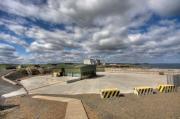
Dounreay has awarded an important waste clean-up contract to Jacobs as the site plans for the future of its deepest historic radioactive waste store. Jacobs and its supporting partners have been awarded a 6-year contract to provide a design management team to produce a fully integrated design for the shaft and silo project.
6/11/2013
Radiation dose to public from Dounreay reduces
Dounreay�s radioactive impact on the environment continues to fall, according to a report. The annual survey report �Radioactivity in Food and the Environment� (RIFE 2012) has recently been published and it can be read here - http://www.sepa.org.uk/radioactive_substances/publications/rife_reports.aspx The report uses data obtained from samples of air, fresh water, grass, soil, and locally sourced meat, fish, milk and vegetables during 2012.
6/4/2012
57,000 Tonnes Of Hazardous Materials Finally Dealt With At Dounreay
Dounreay today completed the destruction of one of the most hazardous legacies of Britain's earliest atomic research. A purpose-built chemical plant processed the last of 57,000 litres of liquid metal lifted from the primary cooling circuit of the experimental fast breeder reactor.24/3/2011



